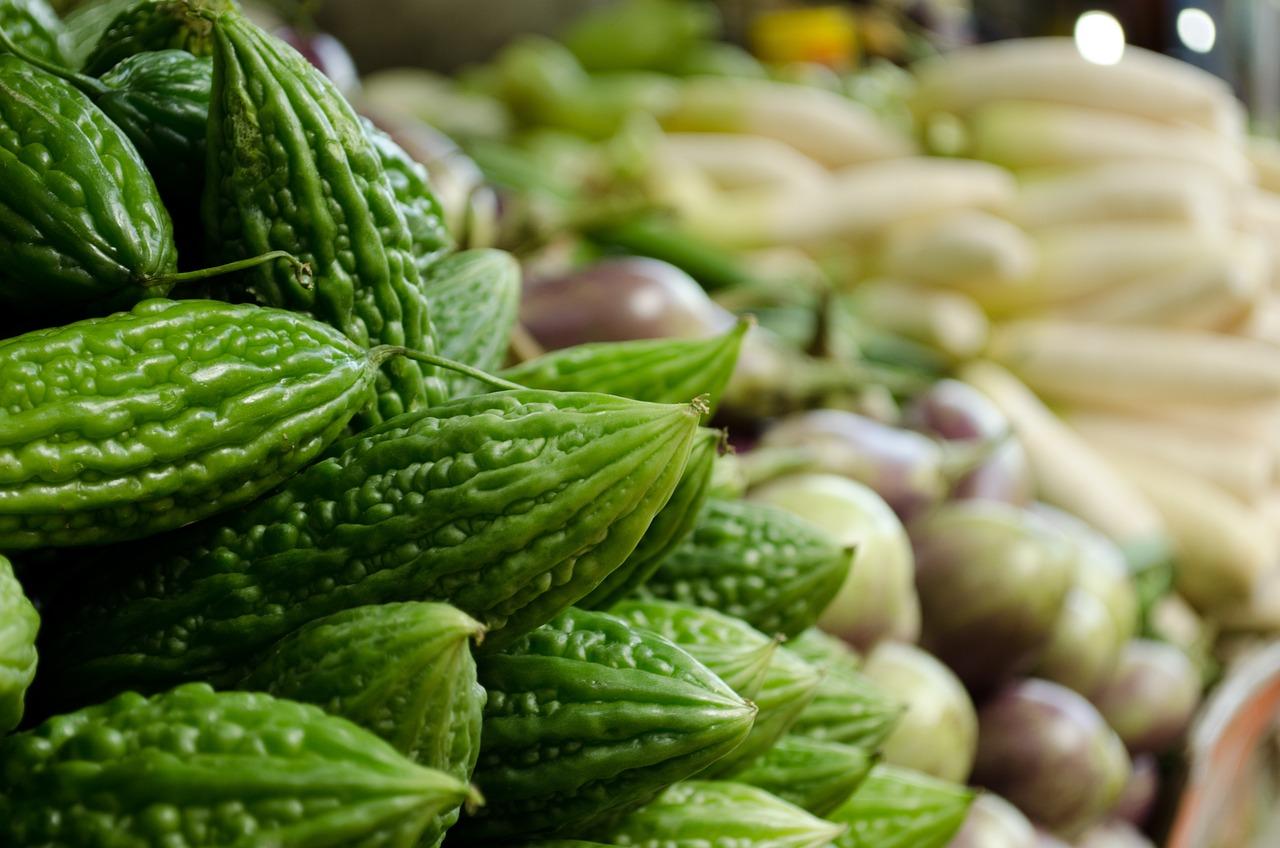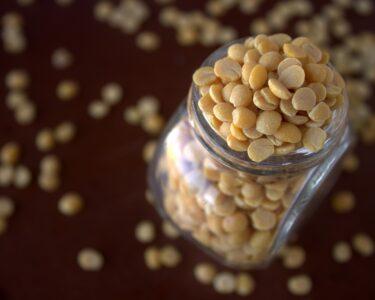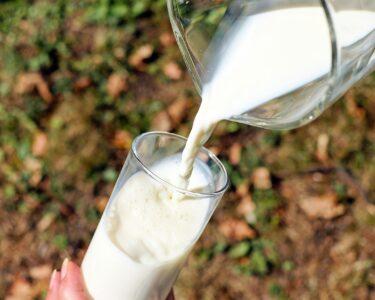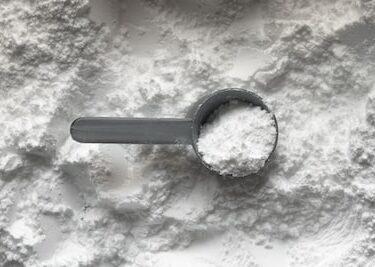If I ask, what is your favorite food, many of you must be thinking of some sweet or high-fat food? Craving for these foods is very common, 97% of women and 68% of men always crave sugar or high fats food. To satisfy our cravings, we often forget about the bitter-tasting food. Bitter foods are better for health. Bitter foods help in the management of Blood sugar levels in diabetes, detoxifying the body, treating Skin Disorders, treating worm infestations in the gut, and fighting against microbes like viruses and bacteria. Let us know about Indian Bitter Foods for diabetes, which you can include to expand the diabetic diet plan.
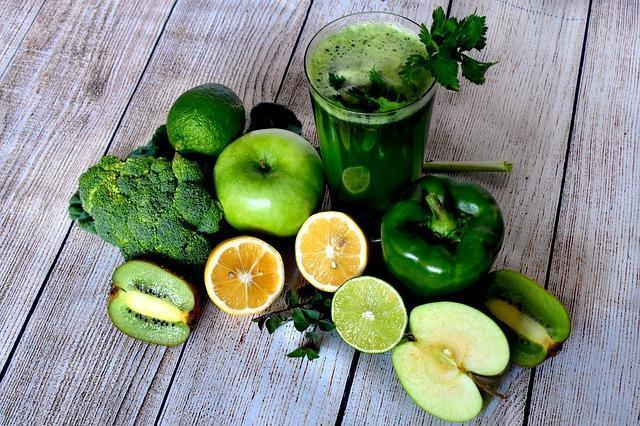
Bitter Foods in Ayurveda
In Ayurveda, Bitter foods balance Kapha and Pitta Doshas. These foods help remove toxins and extra fats from the body. They also bring satiety, enhance appetite and curb sugar cravings.
We must include bitter foods in our daily diet to reap the health benefits from it.
Indian Bitter Food For Diabetes 1: Bitter Gourd/ Karela
Bitter gourd/Karela contains three dynamic constituents – Polypeptide – p, Vicine, and Charanti, which have insulin-like properties and reduce blood glucose levels. Bitter gourds/Karela are rich in fiber content which makes them an ideal option for diabetics and weight loss. Consuming bitter melon can help your cells to utilize glucose and move it to your liver and muscles.
Bitter gourds are rich in antioxidants like triterpenoids, polyphenols, and flavonoids which help prevent cell damage caused by free radicals, which reduces the risks associated with Diabetes, Cardiovascular Disease, and Cancer.
Bitter Gourd/Karela has an array of nutrients in it –
- Vitamin C, A, E, B-1, B-2, B-3 and B-9.
- Minerals like Potassium, Zinc, Calcium, Magnesium, Phosphorous, and Iron.
- Antioxidants like flavonoids and Polyphenols.
Research studies showed that Bitter Gourd reduces fructosamine levels in Type -II diabetes.
Regular Consumption of 2000 mg of Bitter gourd for 4 weeks reduced blood sugar levels and HbA1C in a study with 40 people with diabetes.
One study showed that taking 2 grams of bitter gourd extract for 90 days reduced HbA1C levels in a group of 24 people.
But more, studies are required to show the effect of bitter gourd on blood sugar levels.
Studies also conclude that One should not replace diabetes medications with bitter gourds. (1) (2) (3) (4)
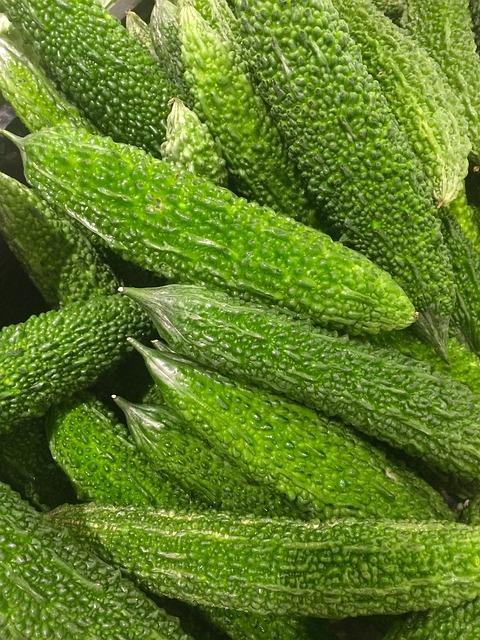
How can you take Bitter Gourd?
a) Bitter gourd Juice or Karela ka Ras.
If you are unable to drink the raw karela juice, juice it with some apple pieces to bring a natural sweetness to it. (5) (6) (7) (8)
b) Stir fry the bitter gourds in little oil. You can add few more veggies like capsicum, baby corn, etc to make it more nutritious and tasty. Do not discard seeds you can include them in the curry or sun dry them and powder them. Have one teaspoon of it with curd or just like that with warm water.
c) Stuff the Karelas with Paneer and steam them.
d) Please avoid overcooking the Bitter gourds with high-calorie gravies or make it sweet using sugar /Jaggeries. It will not serve the purpose of managing blood sugars.
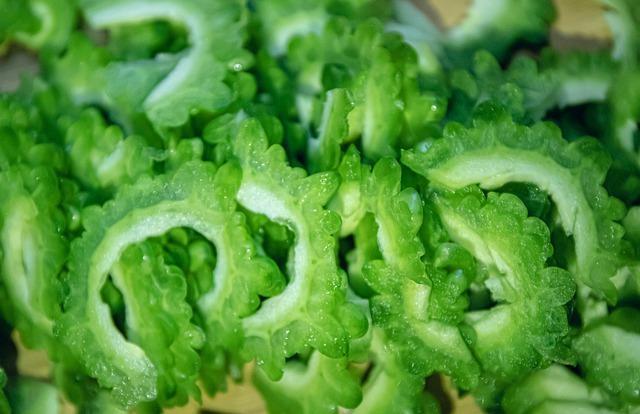
Side effects of Bitter Gourd?
Overconsumption of Bitter Gourd is associated with many side effects. Bitter gourds also interfere with certain medications.
- Overconsumption is associated with Diarrhea, Vomiting, and other intestinal issues.
- Vaginal Bleeding, Contractions and Abortions.
- Hypo Glycemia.
- Liver Damage.
- Favism (which can cause anemia) in those with G6PD deficiency.
- Problems with blood sugars in people undergone recent surgery.
- Interfere with certain medications.
Indian Bitter foods for Diabetes 2: Methi ka Dana/ Fenugreek Seeds
Fenugreek Seeds and Methi ka dana are one superfood that every diabetic person should include in their daily diet. Methi seeds are nutty and bitter, which are popularly used in Indian recipes especially pickles and curries.
Fenugreek or Methi ka dana are widely used across the Middle East and South Asia as food and medicine.
Methi ka dana contains soluble fiber and other phytonutrients that slow down digestion and the body’s absorption of carbohydrates and sugar. A fiber called Galactomannan present in methi seeds reduces the absorption of sugars in the blood. Studies have shown that these seeds lower blood sugar levels by increasing insulin release in the body.
Amino Acid 4 – Hydroxy isoleucine present in methi seeds helps in enhancing insulin sensitivity and improving sugar uptake by the cells.
Studies have also shown that Methi seeds help in regulating free fatty acid levels, total cholesterol and improving liver function. (9) (10) (11)
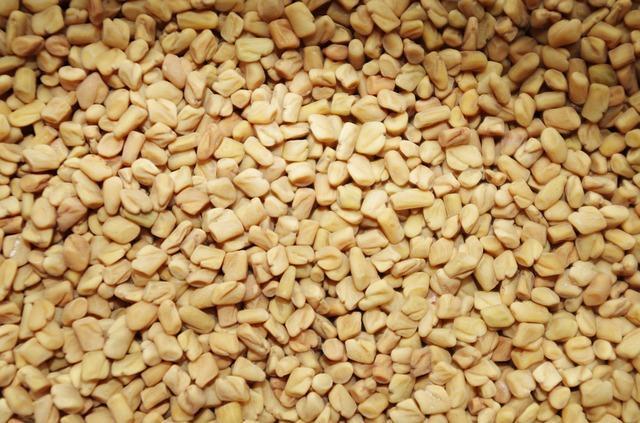
How to take Methi seeds?
- Soak one teaspoon (5 grams) of methi seeds in a small cup of water (50 ml) overnight. Early morning consume the seeds along with water on an empty stomach.
- Dry Roast Methi seeds and make a powder of them. Sprinkle this powder in your curd, buttermilk, salads, chapatti dough, curries, and dals, etc.
- Try Methi or Fenugreek Tea. Boil a teaspoon of methi seeds in a cup of water 100 ml for 5 min. Once the water starts boiling sim the flame and lets it boil for another 5 minutes. Filter the water and consume. You can also ass half a teaspoon of dry amla powder to it for better taste.
- Sprouted methi seeds can be added to regular dals and curries.
- One study shows that a daily dose of 10 grams of methi soaked in hot water may help in control Type -2 diabetes.
How much Methi seeds are safe to consume?
A small amount of 5- 10 grams/day of methi seeds is safe to be consumed.
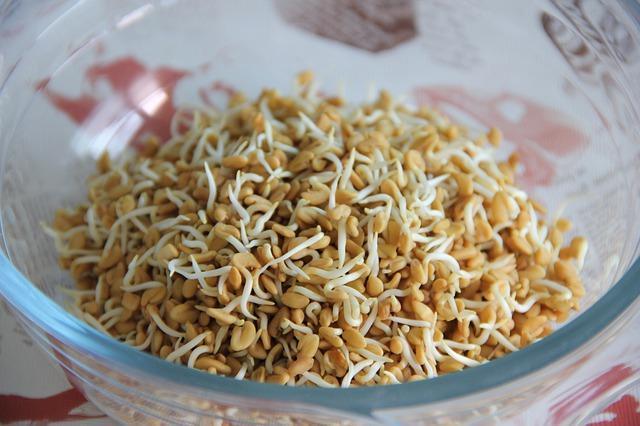
Points to remember while using fenugreek or methi seeds:-
- Please consult a doctor or registered dietitian if you are pregnant or lactating before including methi seeds in the diet.
- Please discuss with the doctor, if you have allergies and sensitivities to certain foods. especially seed allergies.
- Methi seeds generate heat in the body, so overconsumption may lead to diarrhea, acidity, and gut issues.
Indian bitter foods for diabetes 3: Kalonji Seeds
Kalonji (Nigella sativa) seeds are also known as Black Cumin and Nigella and are used widely as Spices in many cuisines. In addition to culinary uses, it is widely used for its medicinal properties. It is used to treat diarrhea to bronchitis in ancient medications.
Several compounds of Kalonji, such as thymoquinone carvacrol,t-anethole, 4- terpineol, are responsible for their anti-oxidant properties. The strong anti-oxidant properties of kalonji prove to be useful in fighting against inflammations making it a great option for people with diabetes and high cholesterol issues.
Long-term high sugars in the bloodstream cause serious health problems like nerve damage, vision changes, and slow wound healing.
Kalonji helps in maintaining steady glucose levels in the blood and prevents the above health issues.
Studies have shown that supplementing with kalonji seeds for a group of people for three months improves blood sugar levels by reducing insulin resistance. (12) (13) (14) (15)
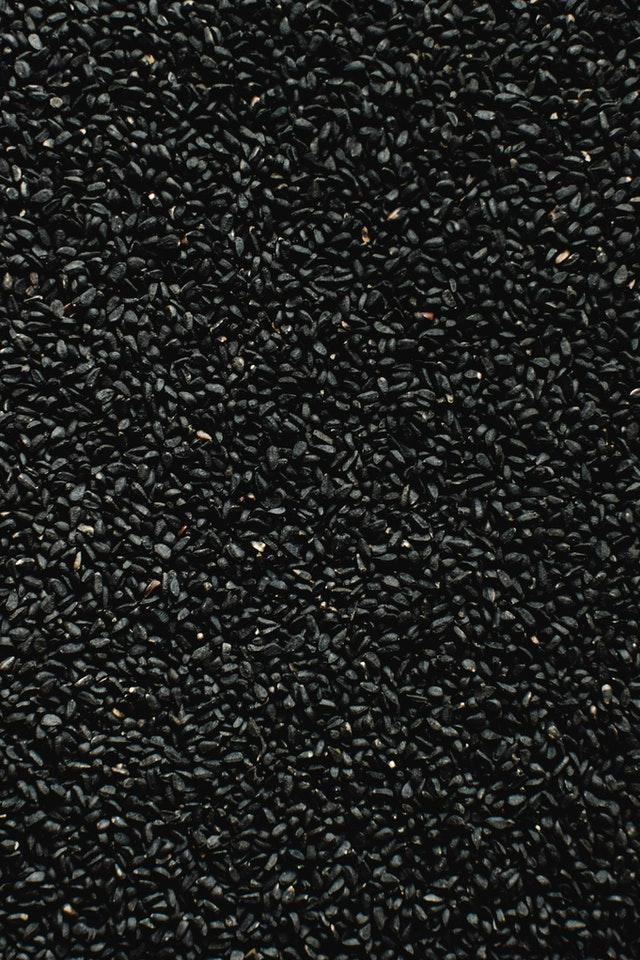
How to take Kalonji Seeds for diabetes?
- Take one teaspoon ( 5 grams ) of kalonji seeds in 1 glass of water ( 60 ml), Boil it for 10 min and consume the concoction.
- You can make a powder of these seeds and use it in curries and dal.
- You can sprinkle these seeds in rotis and dosa.
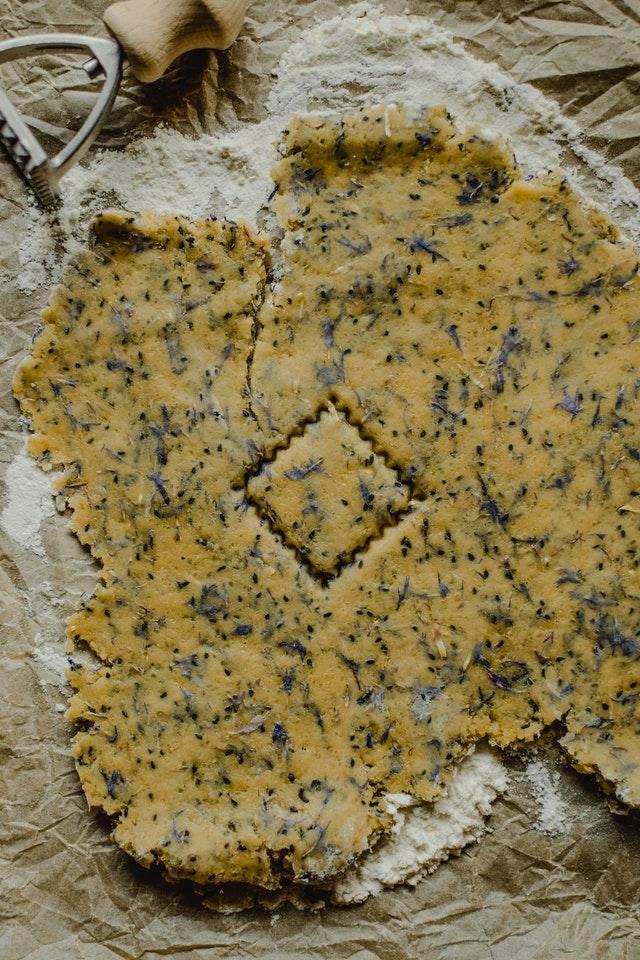
Side effects
- Certain individuals show allergic reactions towards these seeds. So it must be avoided in case of allergic and sensitive individuals.
- No studies have been recorded to prove if it is safe for pregnant and lactation women. Discuss with gyneac before introducing them to your diet.
- It can interfere in the blood clotting process, so it must be avoided after surgery.
Indian Bitter Foods for diabetes 4: Til ke Beej /Sesame Seeds
Sesame seeds/Til ke beej are low in carbohydrates and high in protein and healthy fats. This macronutrient constitution in til makes it ideal for diabetic patients in controlling blood sugar.
Studies have shown that a compound in sesame seeds is called pinoresinol, which helps in blood sugar control. This compound inhibits the activity of maltase enzyme activity. Maltase enzyme breaks down maltose sugar which is present in certain sweeteners, slices of bread, and pasta. So, pinoresinol inhibits maltose digestion and controls the rise of sugar levels in the blood.
It’s been observed in studies that people using sesame seed oil in their daily cooking have better sugar control. (16) (17)
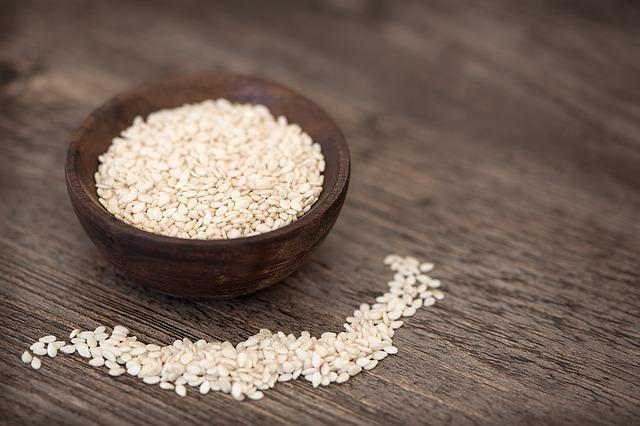
How to Take Sesame Seeds?
- Dry Roast the seeds and make a powder of til seeds. Sprinkle these seeds in your curries and dals.
- Sprinkle Roasted til seeds on salads.
- Use cold-pressed Sesame oil in your daily cooking.
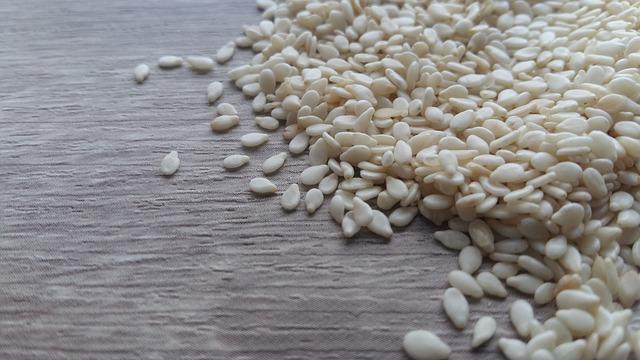
Point to remember –
- 10-15 grams/day of sesame seeds/Til ke beej is safe to be consumed. Start with less amount and increase the quantity.
- Pregnant and lactating mothers should consult a gynecologist before taking til ke beej in their diet.
- If you are allergic to sesame seeds, please avoid them.
Indian Bitter Foods For Diabetes 5: Bitter leaves
a) Methi ke patte/ Fenugreek leaves
Not only seeds, but methi leaves are a great option for diabetics. Make methi ke patte Parathas or Methi moong dal curry with the leaves. (18)
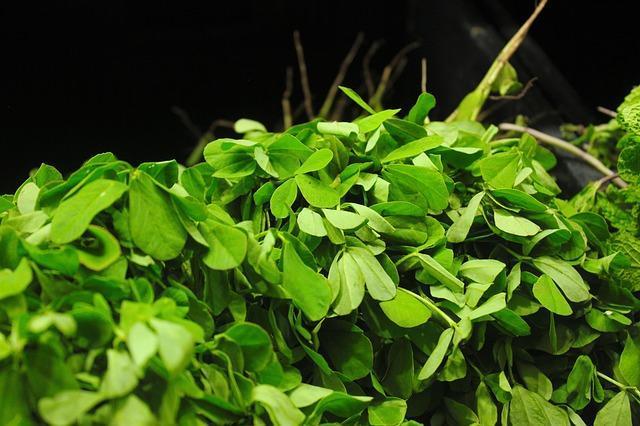
b) Neem Ke Patte
Neem Tree ( Azadirachta indica) leaves are beneficial for people with diabetes millets to control blood sugars.
According to a study published in the Indian Journal of Physiology and Pharmacology, Neem leaves are proven to prevent and delay the onset of the diseases.
In a Journal, it was published that Neem leaf powder has proven to control blood sugars in non-insulin-dependent diabetics.
Neem leaves are rich in triterpenoids, flavanoids, antiviral compounds, and glycolides which help in controlling blood sugar levels by preventing a surge of glucose in the bloodstream. (19) (20)
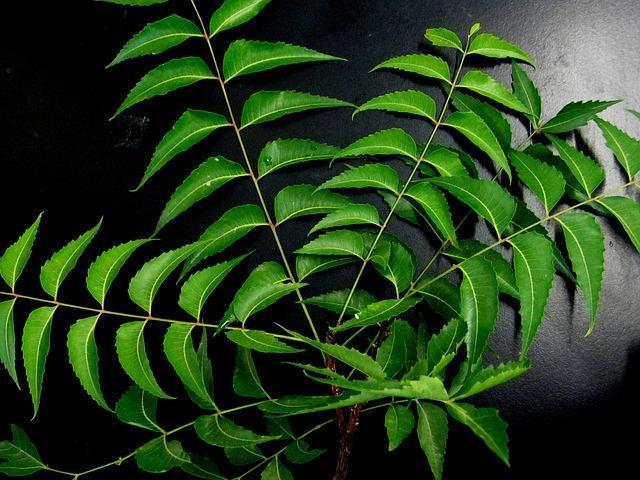
How to consume Neem leaves for diabetes?
- Neem Tea
- Boil 3-5 leaves in 250 ml water.
- After 15 minutes the leaves become tender and the watercolor becomes darker.
- Switch off the flame and filter it.
- Have this concoction on empty stomach in the morning.
- Wash the neem leaves thoroughly and chew them as such ( 2-3 leaves).
Dry the neem leaves and make a powder of them. You can have a half teaspoon of this powder before a meal or drink it in warm water.
Point to remember
- Discuss with a doctor or qualified nutritionist before including neem leaves in your diet. Overconsumption may lead to a hypoglycemic effect and cause a sudden drop-down of blood sugars in diabetics patients on medications.
- Your doctor can advise on the dosage after checking your blood sugar values.
c) Kadi patta/ Curry Leaves
Curry leaves or Kadi Patta naturally boost insulin production thereby managing blood sugars. Research published in the journal showed the antihyperglycaemic effect of curry leaves extract on diabetic rats.
Curry leaves are also rich in fibre, various antioxidants like flavonoids which slow down the process of converting starch to glucose. This helps in sugar level management in the bloodstream. (21) (22) (23)
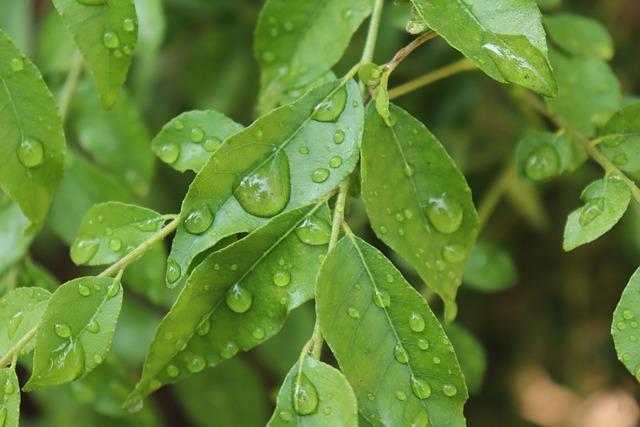
d) Mango leaves
Surprised?? Yes, people are skeptical about the sweet fruits of mangoes in diabetes but the bitter leaves are very beneficial for Diabetes patients.
Studies have shown that mango leaves when administered in rats have shown a significant reduction in blood sugar levels.
More research on human studies is being conducted to support this.

Mango leaves are rich in Vitamin C, pectin, and fiber which helps in combating Diabetes.
Ancient Chinese medications used Mango leaves tea to cure diabetes and symptoms associated with it like frequent urination and increased thirst. (24) (25)
How to consume Mango leaves?
- Boil 2-3 thoroughly washed mango leaves in 50 ml water. Boil for 10 minutes and leave it overnight.
- The next day morning, sieve the water and consume it on empty stomach.
Are bitter foods enough to cure Diabetes?
If you think, that drinking one glass of karela ka ras or chewing methi ka dana will reduce blood sugar levels and you will get rid off diabetes, then you are wrong!!
No single superfood will cure Diabetes. To reverse diabetes you must follow all the below steps:-
- You must eat clean and healthy meals throughout the day.
- Small and frequent meals.
- Regular physical activity 45 minutes every day. Walking, Yoga, and other cardio exercises are a must.
- Having 7-8 hours of uninterrupted sleep is essential.
- Keeping yourself well hydrated throughout the day.
- Avoiding Junk and Processed food.
- Avoid Tobacco, Smoking, and Alcohol.
- Take your medicines properly.Get your blood test done as per doctor,
Along with the above Healthy lifestyle, include bitter foods to expand your weapons to fight against the war with Diabetes to regulate blood sugar levels.
Summary
No doubt that our first preference of flavors is Sweet and Tangy foods, but Bitter foods provide an array of health benefits to us. One of the health benefits of Indian Bitter foods is that they help in reducing blood sugar levels and manage diabetes. Include Karela (Bitter Gourd), Methi ka dana (Fenugreek Seeds), Kalonji (Nigella), Til ke beej (Sesame Seeds), Bitter leaves like fenugreek leaves, Neem leaves, Curry leaves, and Mango leaves to manage blood sugar levels. Do not stop your medications with physician advice. Discuss these bitter foods with your physician and dietitian before including them in your daily diet and know the safe dosage for you.

